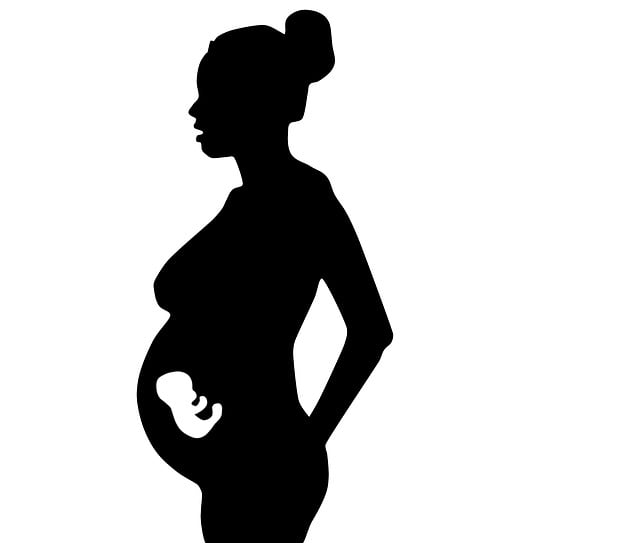In the world of pet ownership, raising hamsters can often lead to unexpected surprises—some cute, others a bit disturbing. Recently, a Twitter user named @petlover22 shared an adorable photo of her hamster moments after giving birth. The sight of a proud mama hamster surrounded by her tiny fluffballs is enough to melt anyone’s heart. Who wouldn’t want to celebrate the arrival of “10-12” new baby hamsters, right?
However, the joy was short-lived. As the post gained traction, followers started to drop some shocking knowledge about a darker aspect of hamster parenting: maternal cannibalism. Yes, it turns out that mother hamsters have been known to eat their own young, sparking a wave of concern and disbelief. It’s hard to fathom how a moment meant for celebration could turn into a source of anxiety for new hamster owners everywhere.
According to studies referenced on various platforms, including Modern Family Blog, this behavior is somewhat common, especially among first-time mothers. Factors like stress and fear can overwhelm them during the challenging task of rearing their young. While we can empathize with the struggles of motherhood, it raises a significant question: Is there a better way for these mothers to cope?
Interestingly, some users attempted to defend this unsettling behavior, arguing that the instinct to eat their young is a part of survival. However, many hamster enthusiasts were quick to point out that there are steps to minimize the risk of this happening. One crucial tip is to provide ample alone time for the mother and her litter. Disturbing them—whether through excessive excitement or frequent camera flashes—can stress the mother and lead to tragic consequences.
Moreover, it’s essential to avoid handling the babies. A mother hamster’s bond with her offspring is largely based on scent, and any alterations to that can confuse her, making her unable to recognize her babies. Ensuring that the mother has sufficient food and water is also vital; if she feels that resources are scarce, she may resort to sacrificing some of her young.
Fortunately, it seems that @petlover22’s hamsters are doing well, and the community is invested in their well-being. Let’s hope for a peaceful outcome where the mother and her babies thrive together.
For those interested in other parenting tips, including insights on home insemination, check out this detailed guide on intrauterine insemination. And for a different kind of family planning, consider looking into the Cryobaby Home Intra-Cervical Insemination Syringe Kit.
In summary, while the world of hamsters can be filled with adorable moments, it also comes with its own set of challenges. By understanding the needs of these little creatures, we can ensure a nurturing environment where both mothers and their young can flourish.
